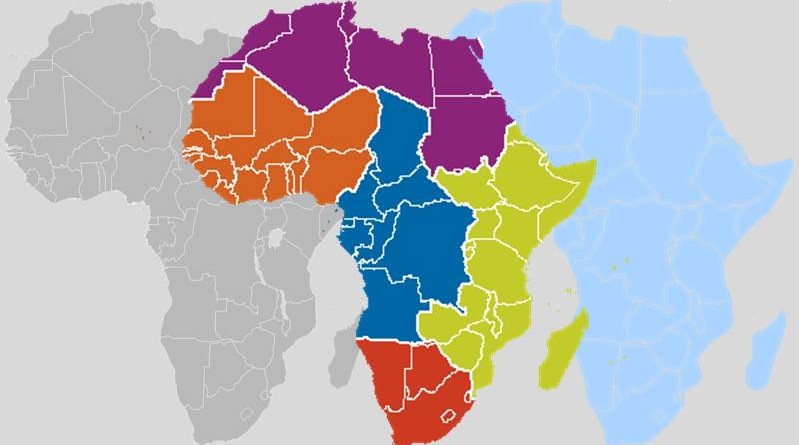African manufactures, retailers bet on product innovation, distribution to win customers, Nielsen report
The latest Nielsen Africa Prospects Indicator (APi) Report reveals interesting shifts in African manufacturer and retailer business priorities and a growing appreciation for the fact that no one size fits all and no total continent, country, city, consumer or channel approach is enough to ensure ongoing success in Sub-Saharan Africa (SSA).
Nielsen Executive Director: Thought Leadership Global Markets Ailsa Wingfield said; “In 2015, companies were primarily focused on the retail environment and growth could be achieved by making more, or new products available to consumers in the right stores. Three years on, and Route to Market/ Distribution is still the core focus, but four other areas are now present in the top five priorities
“Consumer demand has risen rapidly through the ranks. It didn’t feature in the top five priorities in 2015 whereas it placed second in 2017 and 2018. This reinforces the necessity for comprehensive knowledge of consumer circumstances and needs in order to establish, generate and meet demand. In SSA the main drivers of product choice are trust, affordability and availability, but brand success factors and differentiators now extend beyond these attributes,” explains Wingfield.
She adds that Product Innovation has also risen through the ranks since 2015 when it didn’t place in the top five list of priorities, to where it featured in fifth place in 2017 and is now third in the rankings, highlighting the importance of qualities that meet Africa’s diverse consumer needs and aspirations.
It’s also no surprise that Marketing and Media has moved into fourth place given that awareness, consideration and trust from respected sources are important basics required to generate trial and repeat, especially for new products in increasingly competitive brand environments.
In addition, fifth placed Operations Optimisation is essential in light of tough trading conditions and volatile currencies, which means streamlined production processes can achieve cost savings enabling vital, lower product price points.
Wingfield says that sub regional priorities also reveal nuanced differences. “In West Africa, where retail priorities were formerly at the forefront, companies can no longer focus predominantly on getting products into trade but need to get to grips with identifying different consumer preferences to regenerate demand.
“Similarly, consumer demand is the key focus in Southern Africa where economic headwinds have dampened consumer prospects. Emphasis on Operations Optimisation as well as Marketing and Media is particularly evident in South Africa, where sophisticated and competitive modern trade and digital media platforms exist, including a growing connected commerce environment.”
In comparison Route to Market and Distribution remain the key focus across Central and East Africa while businesses in Angola, Democratic Republic of Congo (DRC) and Ethiopia are faced with challenging governance and regulatory restrictions raising this as a critical business area.
Looking ahead, Wingfield says country-specific company priorities over the next twelve months, highlight a consistent spotlight on consumer demand, making it the main focus area in ten of the 17 countries within the study.
“The priorities by country reveal similarities but also distinct differences, depending on individual market factors. What is more common is the significance of having rich insights into consumer needs to better determine future demand.
Retail proficiency will be the shared winning ground, once companies are equipped with consumer understanding, optimal products and meaningful media messages and moments, to connect with consumers.”
“Overall, Africa offers one of the greatest gifts of untapped consumer potential, but requires differentiation, individualisation, resilience and focused but adaptable strategies.
It’s not enough to make products available that may have worked elsewhere – they need to be the right fit for Africa’s consumers and appeal to their diverse consumption ‘moods’ and mindsets.”




